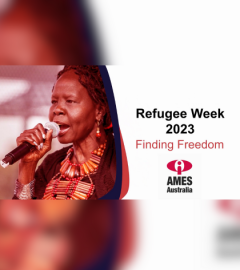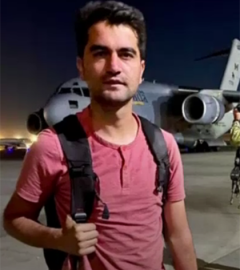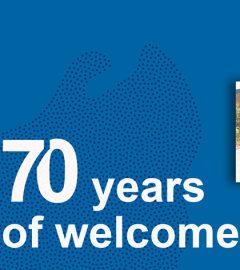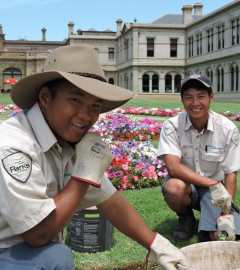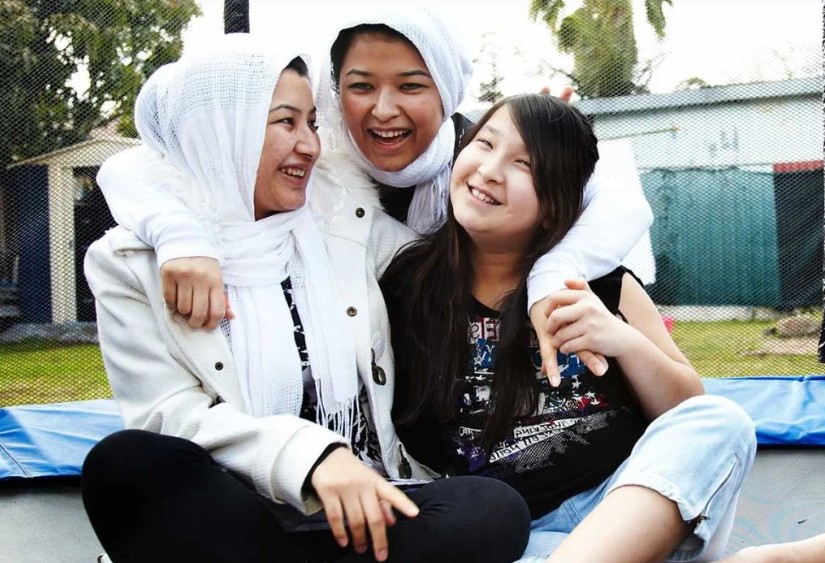Debunking myths about refugees
The closing of borders in the US and elsewhere to refugees has sparked a fresh anti-refugee narrative, fuelled by misconceptions, misinformation and scare tactics.
The demonising narrative often portrays refugees as threats to national security, drains on housing and other resources, and even as potential criminals or terrorists.
This divisive and damaging rhetoric promotes discrimination and xenophobia and also gives lie to the struggles of millions of people fleeing conflict, persecution, and poverty.
The misinformation can directly affect refugees trying to rebuild their lives in safety. By perpetuating myths and stereotypes, governments and the media create barriers for refugee integration, undermine social tensions, and ultimately interfere with global efforts to provide sanctuary and support to those in need.
So, let’s debunk some of these myths about refugees.
The first thing to do is to understand the terminology around the movement of people and what terms like ‘refugee’ and ‘asylum seeker’ actually mean.
A refugee is a person who has fled their country of origin and is unable to return because of a well-founded fear of being persecuted because of their race, religion, nationality, membership of a particular social group or political opinion.
An asylum seeker is a person seeking international protection. In countries with individualised procedures, an asylum seeker is someone whose claim has not yet been finally decided on by the country in which he or she has submitted it. Not every asylum seeker will ultimately be recognised as a refugee, but every refugee is initially an asylum seeker.
A migrant is someone who leaves their home country to pursue opportunities or improved safety in new locations. Migration can be voluntary or involuntary, and can be influenced by an amalgam of personal choice and external factors.
Myth 1. Refugees don’t contribute to the countries that host them.
This is untrue. Refugees have long made important contributions to Australian society in areas such as volunteering, social engagement, business ownership, and workforce participation.
Refugees in Australia are more than twice as likely to establish their own businesses compared to the average Australian. Supporting refugees to launch businesses in Australia could potentially add $1 billion to the Australian economy over 10 years, according to the Centre for Policy Development.
A Deloitte Access Economics report found that if Australia had increased its refugee intake by 44,000 by the end of 2023, it would add $37.7 billion to the Australian economy.
Refugees also contribute to Australian society in cultural, artistic and culinary ways.
The Myth 2: Most refugees are ‘economic migrants.
This myth is particularly divisive and destructive. It depicts refugees as ‘queue jumpers’ and also denies the legitimacy and seriousness of their claims.
Refugees rarely want to leave their family, friends, communities and all that they know. Most people applying for asylum are seeking to escape war, human rights abuses and persecution.
An analysis of immigration records by the Refugee Council of Australia shows that 81 per cent of people who arrived in Australia by boat between 1976 and 2015 were found to be refugees.
Myth 3: Australia shouldn’t take in refugees from conflicts it has no involvement in.
Australia has international legal obligations, including its signing of the 1951 Refugee Convention and its 1967 Protocol, which mandate providing asylum and protection to refugees regardless of nationality or displacement circumstances.
Australia is a nation that values human rights and humanitarian principles, and it morally obliged to compassionately respond to asylum seekers’ urgent needs for safety, shelter, and support, given their often-traumatic experiences.
Australia has a history of accepting refugees since World War II, which highlights its capacity and willingness to provide refuge to those in need, reinforcing its duty to assist asylum seekers from regions especially where it has engaged in military operations.
Myth 4: Refugees are responsible for housing shortages and overcrowding.
Blaming refugees for housing shortages and overcrowding a divisive tactic often used by politicians to shift the blame away from proper funding for infrastructure and affordable housing.
Australia currently hosts almost 60,000 refugees and 80,000 asylum seekers, which is a total of 140,000 people. The total population of Australia is about 26.5 million, meaning refugees and asylum seekers represent just 0.50 per cent of the population.
Myth 5: Refugees don’t adjust to Australian culture and values.
Refugees, like other immigrants, come from a range of diverse backgrounds and have unique experiences. Amnesty International says that although adjusting to a new country takes time, refugees are able to successfully integrate into Australian society, all while
contributing to their communities, the broader community and embracing Australians’ multicultural values.




